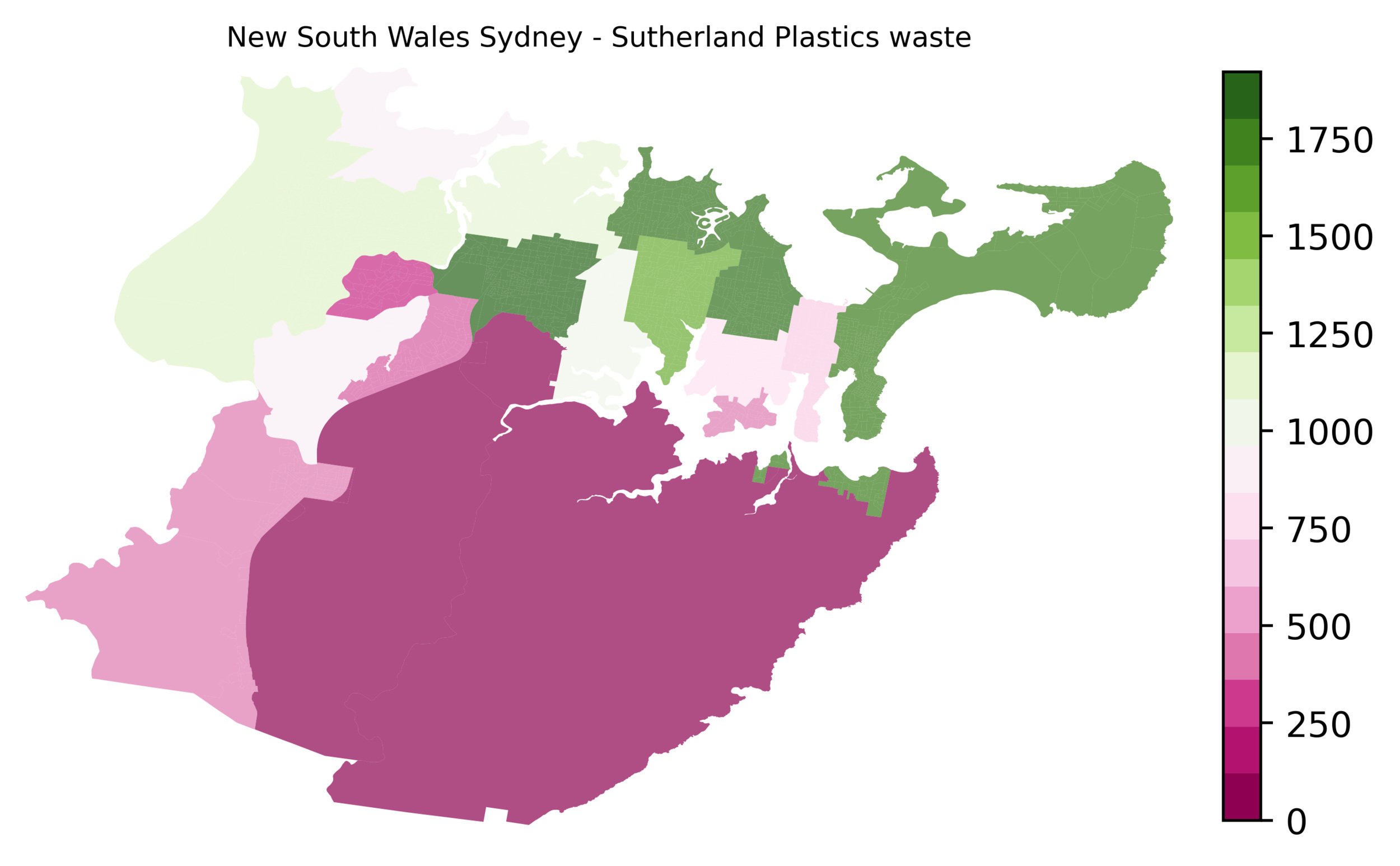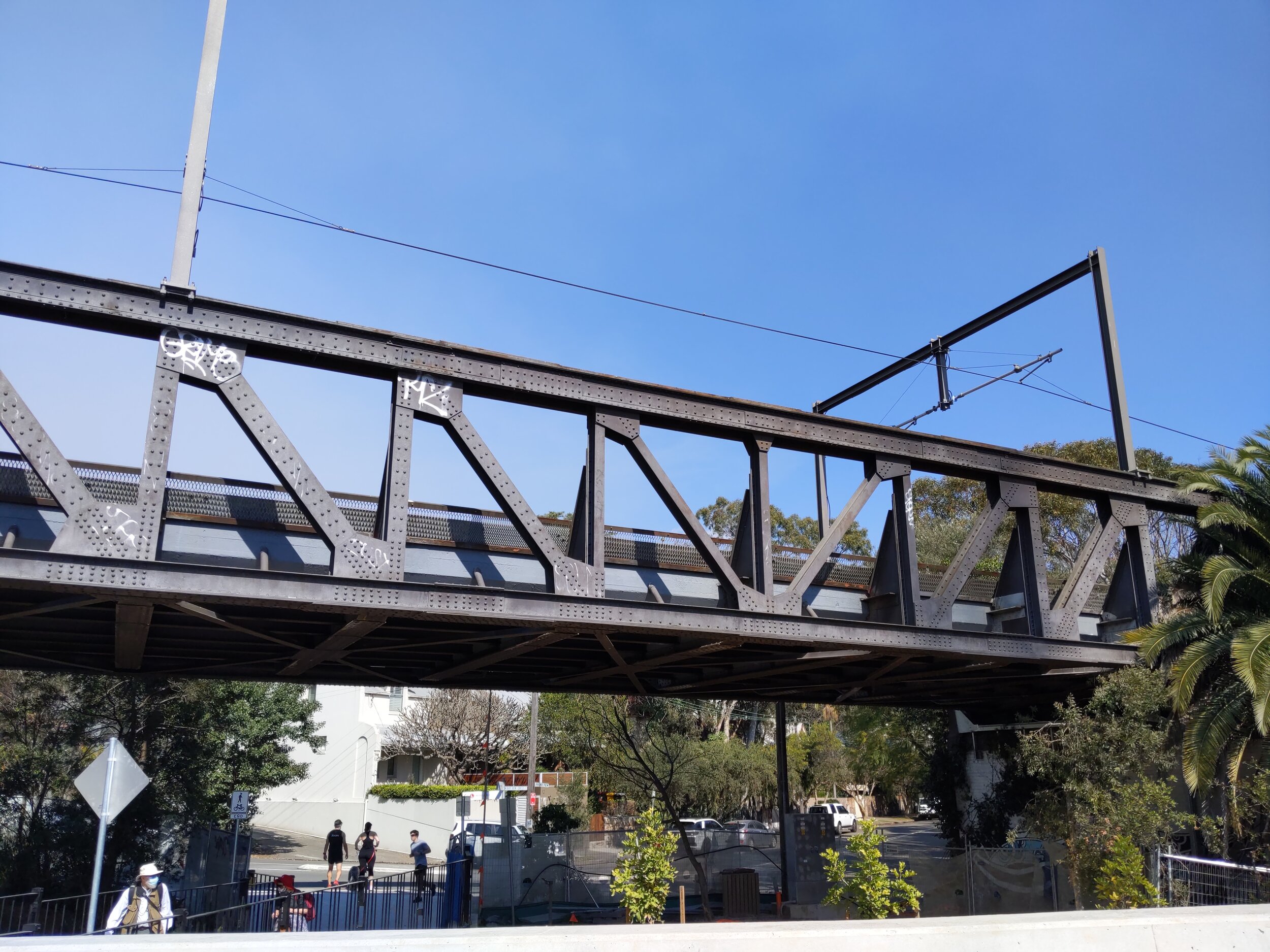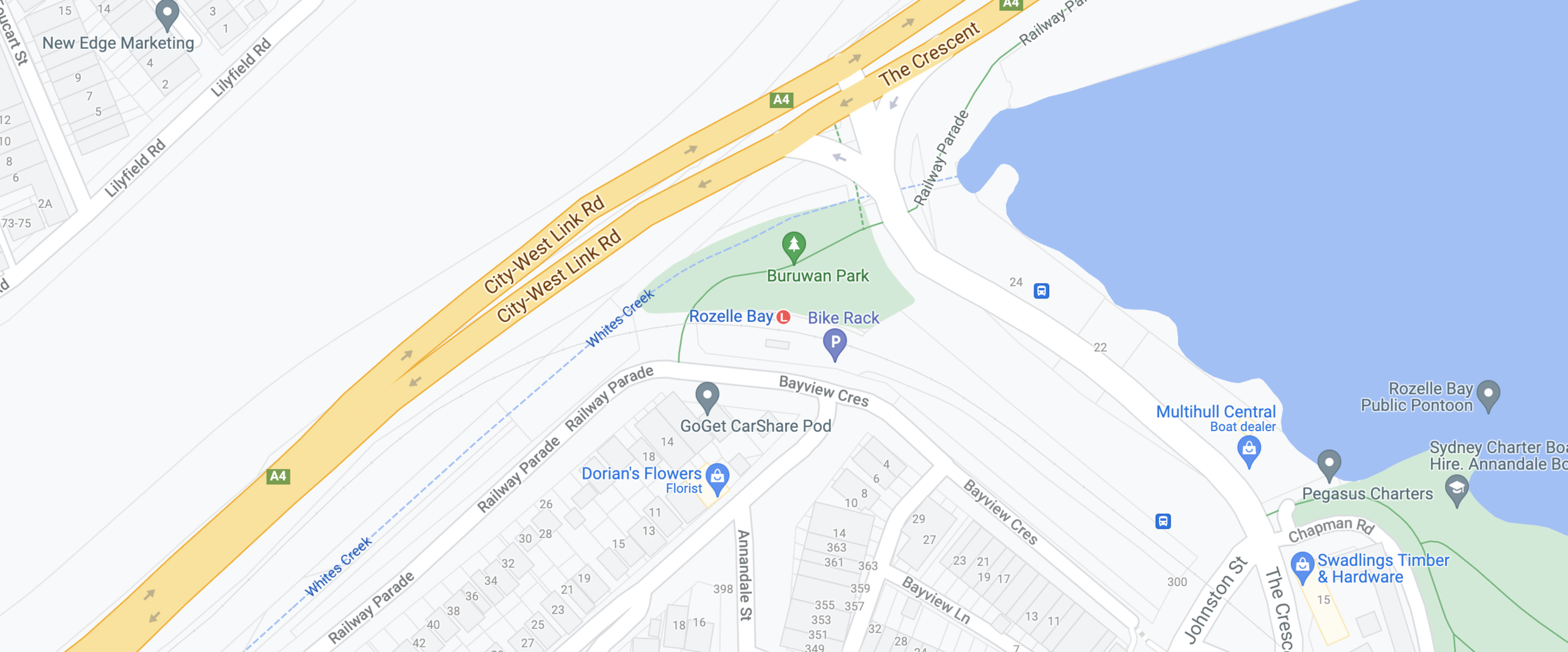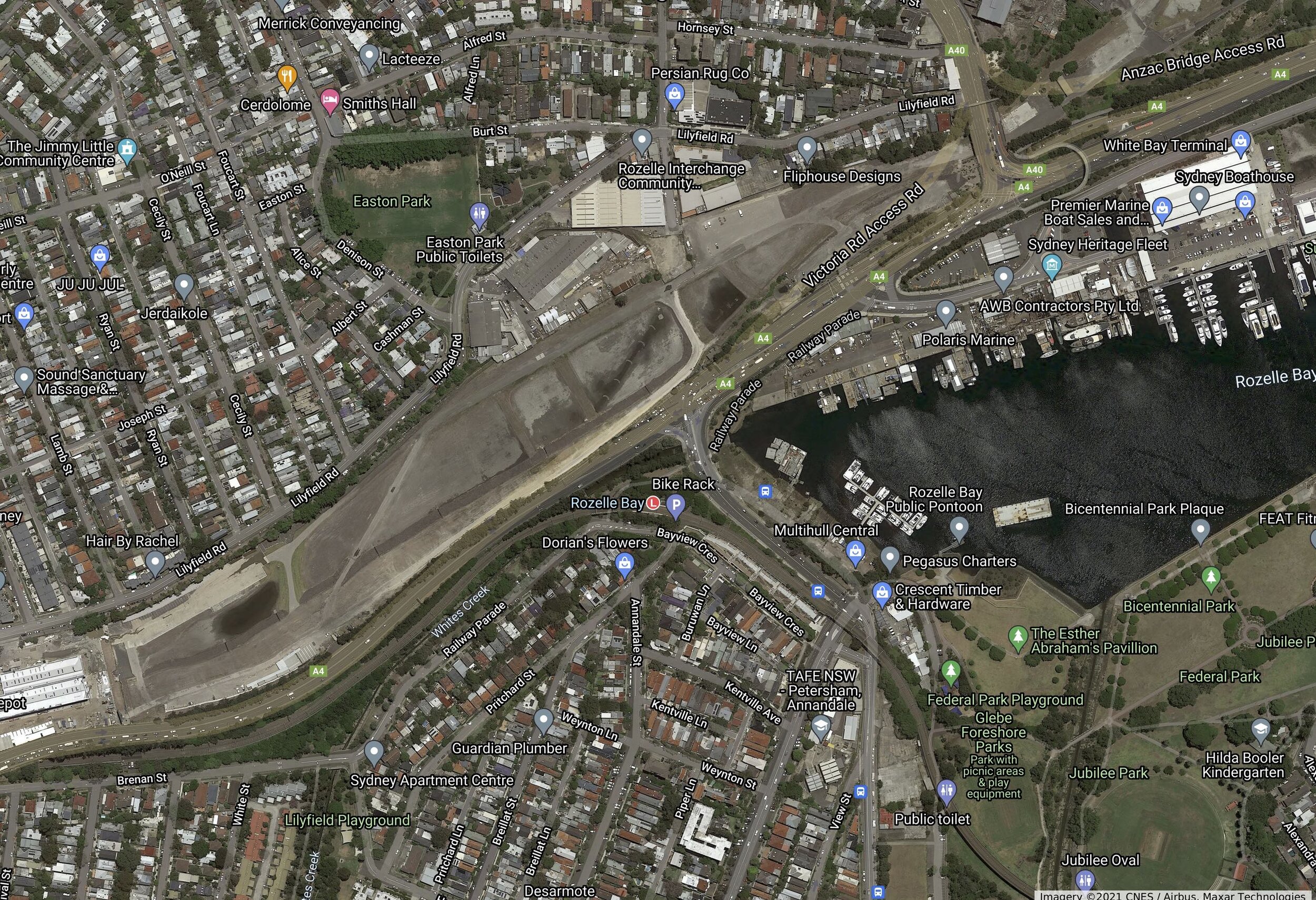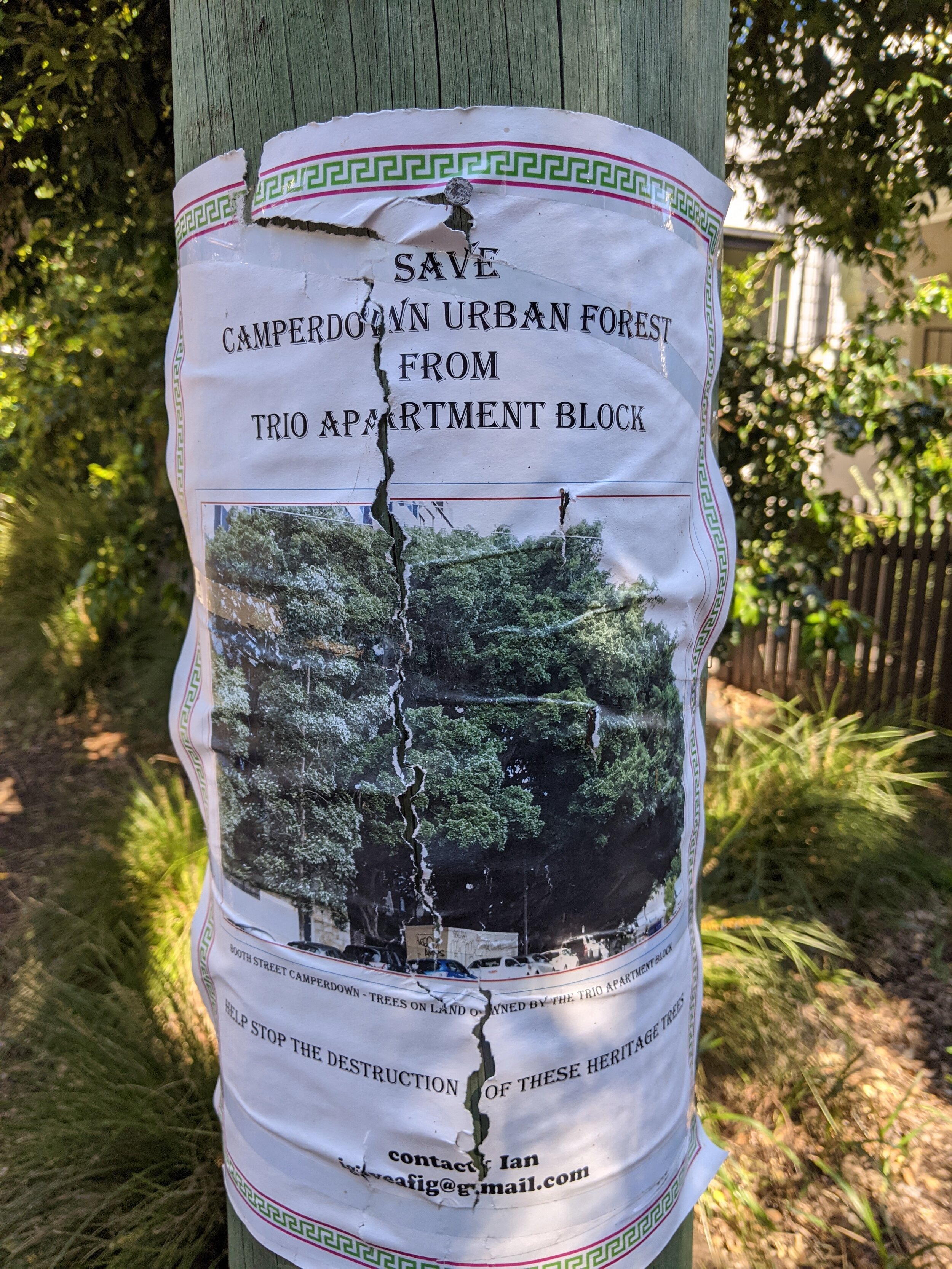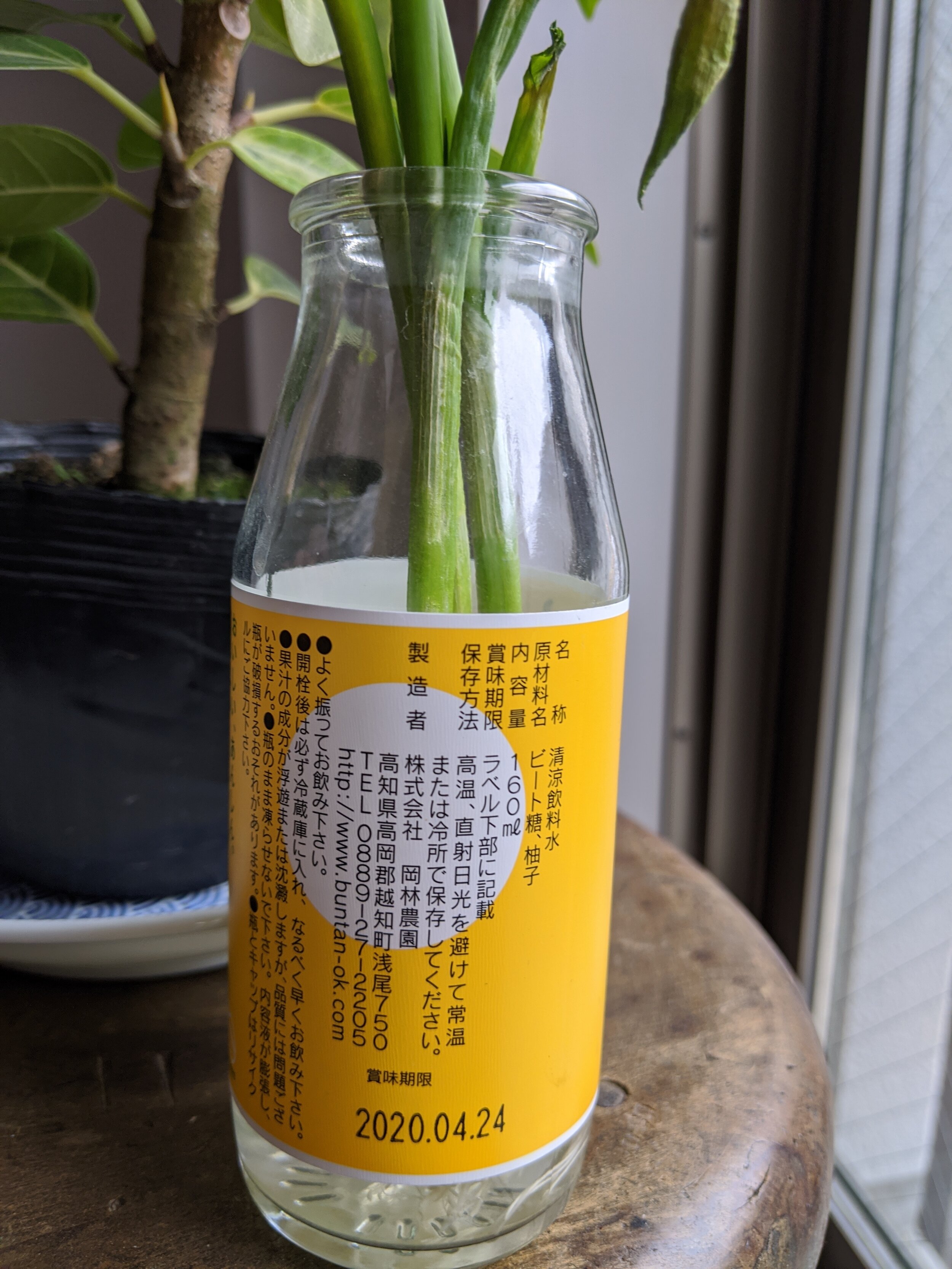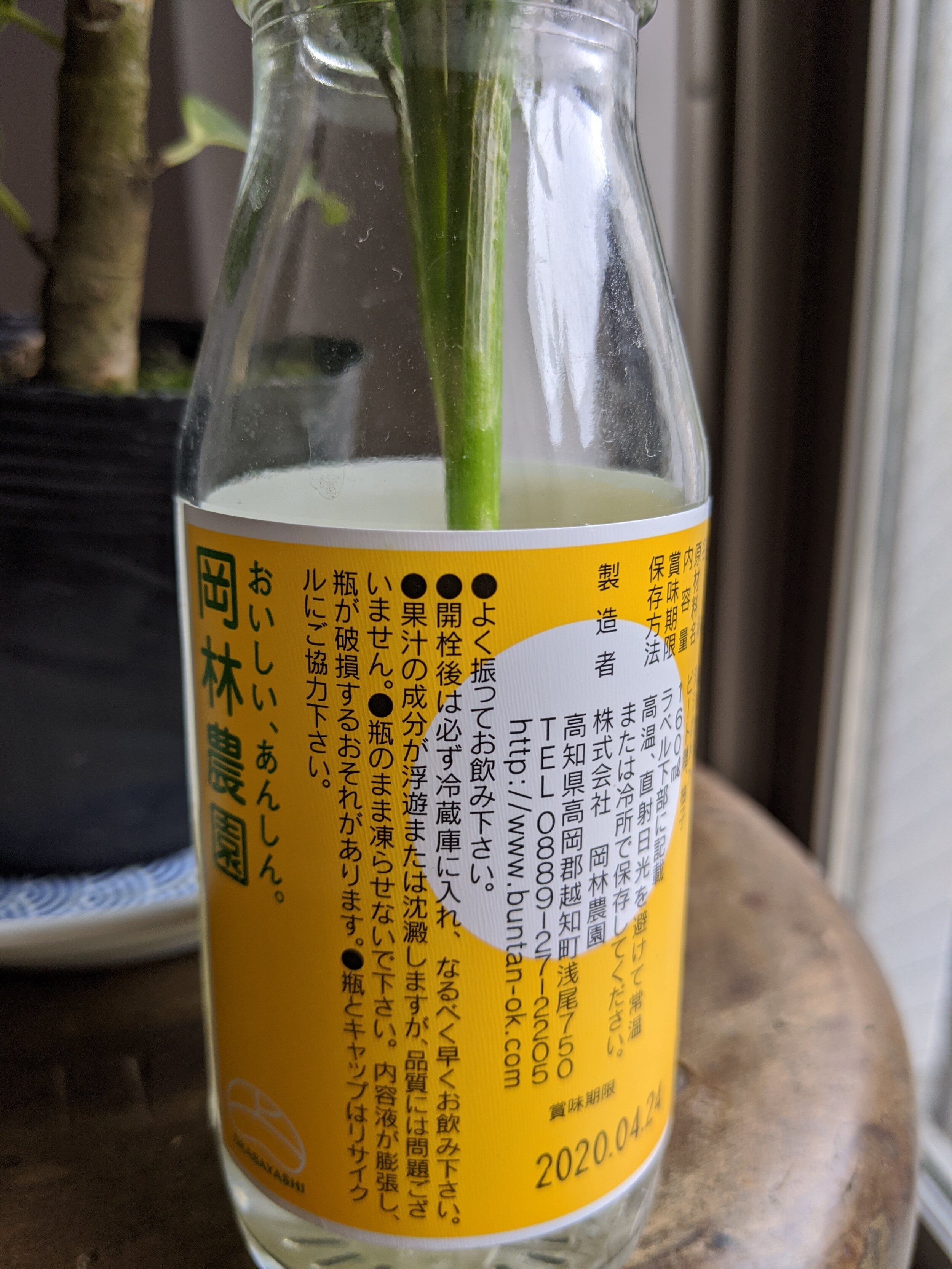We form complicated relationships with our material possessions. Some possessions are used to signal our affluence or tribal membership to other people. Other possessions are mainly practical, like washing machines or mops. We form emotional bonds with some possessions, as the objects tie us to relationships and places. However, in the past undoubtedly our society had different relationships with possessions. People likely had less possessions, owned them for longer and more often repaired them when they were broken.
To create these possessions, materials are extracted from the earth and transported thousands of kilometers along supply chains and through production layers, are transformed by high-temperature industrial processes and woven into complex structures before being delivered to consumers as finished products. In these transformations we use energy, emit greenhouse gases and cause other environmental impacts. In affluent countries, the environmental footprint of this material consumption continues to grow and the environment can no longer support this.
There are diminishing happiness returns from increasing material use, acquiring additional objects doesn't change our lives much. Although there may be a short-term high from the shopping and unboxing experience. The abundance and variety of material possessions in our lives in modern times probably reduces each item's perceived value. Turning towards owning fewer, higher quality and more treasured items provides a path out of this current predicament.
In order to own items for longer, we need to repair what we own already. Our relationship with repair has changed over time, in part because in the past resources and manufactured products were relatively more expensive compared to human labour. Repair services are generally labour intensive, and are supported by related activities such as troubleshooting, dismantling, cleaning, reconditioning, fabricating and re-manufacturing, which all require labour and makes them relatively more expensive. However, by repairing we are effectively substituting labour for resource use and hence lowering the environmental impact.
Embracing repair reduces the environmental burden of our material lifestyle in several ways. The material and energy cost of repair is usually far lower than manufacturing a replacement product. Not requiring a new product creates ripple effects across the global supply chain, as mining, transportation and manufacturing can all be avoided. There are however cases where repair is not appropriate, for example when a product is energy intensive during it's lifetime and there have been significant energy efficiency improvements to new models.
There are other barriers to repair beyond labour cost, for example increasing product complexity, particularly in technology. The specialisation, intricacy and degree of substance mixing in electronics can make them difficult to repair and reuse. In addition, the industrial processes to separate and recover the constituent metals is energy intensive. Other barriers to repair include 'piracy' protection that prevents consumers from repairing their own products, access to spare parts by both consumers and repair shops, products designed to inhibit repair, and obsolescence created by software updates or lack of future updates.
Ideally, consumers would have access to quality products, constructed in a way that encourages repair, and for which spare parts are available. To achieve this, regulatory reform will probably be required to gently push/coerce companies to support this. For example, legislation affirming the rights of individuals to repair the devices they own. Also, laws facilitating third-party repair shops so that consumers are not locked into OEM repair policies. Currently the cost of disposal for unwanted products is largely socialised, with society paying the cost of finding waste management solutions. However, companies should be more involved at the product end-of-life through strengthening extended producer responsibility laws.
The act of repair seems to involve a certain humanness, it requires some care to repair an object. Perhaps in the past our relationships with other humans was more closely connected to our relationships with possessions. For example, the disappearance of trades that support repair from our communities highlights the diminished role they play in our lives; furniture makers, hatters, knife sharpeners, cobblers, watchmakers and metal shops. Repair-by-humans may also foster meaningful work opportunities, if the repair requires skill and tradecraft to perform and the work is valued by society. Though, some of these skills are being fostered and rekindled in maker spaces.
This requirement of humanness is not to diminish the potential role of AI and new technologies. Artificial intelligence may develop that makes diagnosing problems in complex products easier. Also, 3D printers allow us to construct spare parts when the manufacturers can not, or will not, supply them. This improves the capability of communities to repair items locally, making them more resilient to disruptions in global production networks, as recent pandemics have shown us is probably important.
Resources
Thomas O. Wiedmann, Heinz Schandl, Manfred Lenzen, Daniel Moran, Sangwon Suh, James West, and Keiichiro Kanemoto, 2015, The material footprint of nations, PNAS, https://doi.org/10.1073/pnas.1220362110
Shigemi Kagawa, Keisuke Nansai, Yasushi Kondo, Klaus Hubacek, Sangwon Suh, Jan Minx, Yuki Kudoh, Tomohiro Tasaki, and Shinichiro Nakamura, 2011, Role of Motor Vehicle Lifetime Extension in Climate Change Policy, Environmental Science & Technology, https://doi.org/10.1021/es1034552
The work of Cory Doctorow: https://craphound.com/tag/right-to-repair/
Hamilton, Clive and Richard Denniss, 2005, Affluenza: When Too Much Is Never Enough, Allen & Unwin
Electronic Frontier Foundation: https://www.eff.org/issues/right-to-repair
Tanya Harrod, 2013, Visionary rather than practical: craft, art and material efficiency, Philosophical Transactions of the Royal Society A: Mathematical, Physical and Engineering Sciences, https://doi.org/10.1098/rsta.2011.0569
